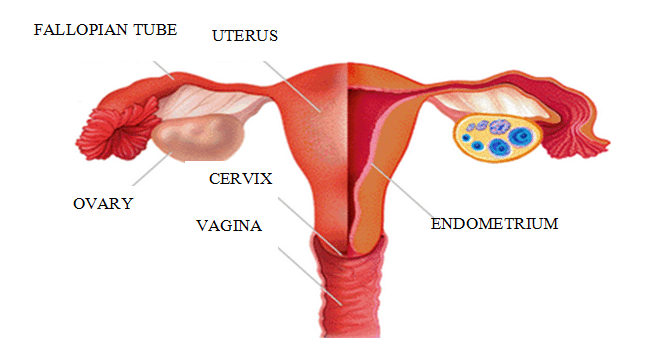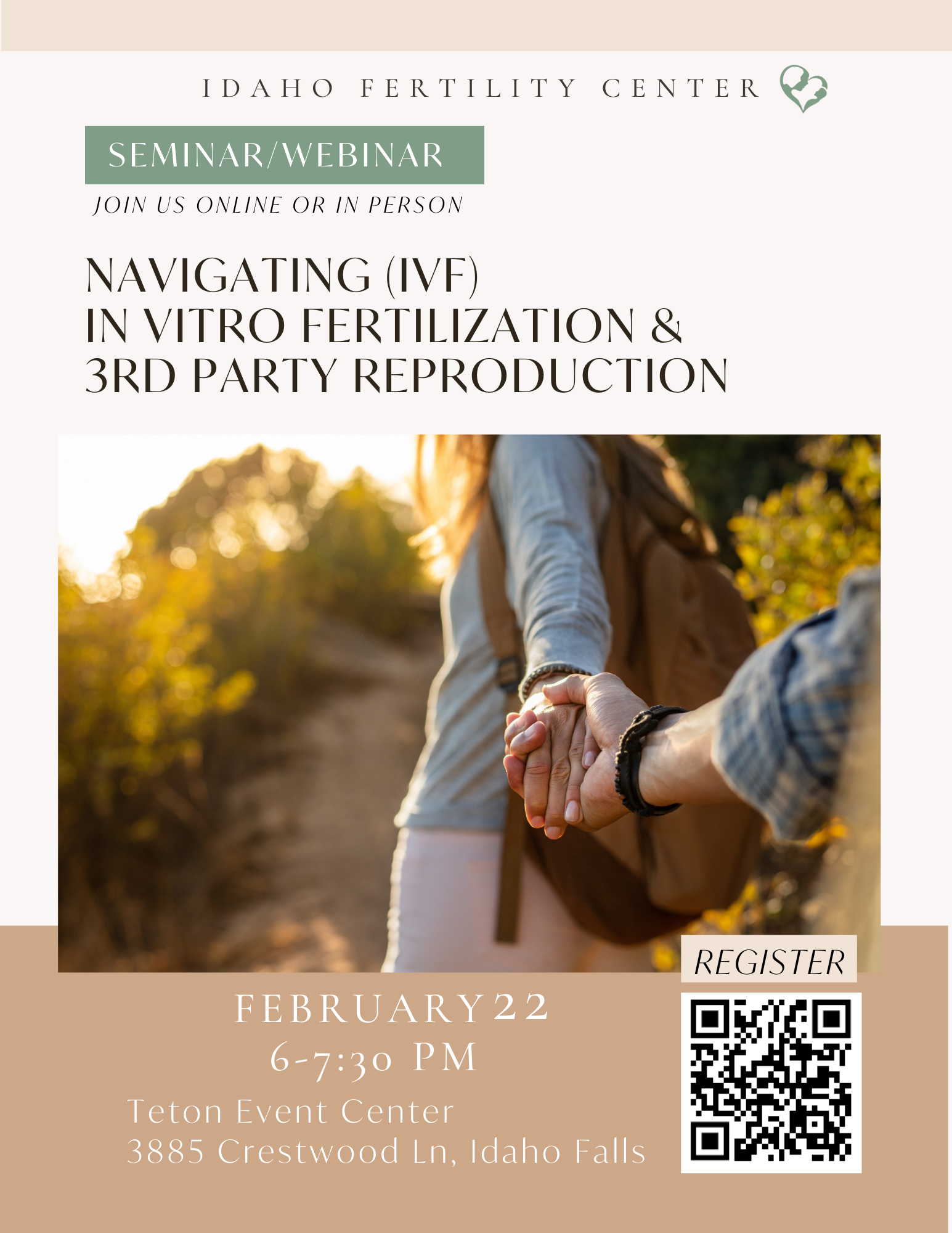 The main female reproductive organs are the uterus, ovaries, fallopian tubes, and vagina. The uterus, a hollow muscular organ about 3 inches long, is located deep inside the pelvic cavity and is home to a developing fetus. The neck of the uterus (cervix) projects into the vagina, a muscular tube about 4 inches long that serves as the birth canal.
The main female reproductive organs are the uterus, ovaries, fallopian tubes, and vagina. The uterus, a hollow muscular organ about 3 inches long, is located deep inside the pelvic cavity and is home to a developing fetus. The neck of the uterus (cervix) projects into the vagina, a muscular tube about 4 inches long that serves as the birth canal.
The fallopian tubes, a pair of structures each about 4 inches long, join the uterus near the top. Their flared ends lie near the ovaries, which are paired, almond-shaped glands that produce ova (eggs) and female hormones. After an ovum is expelled into the pelvic cavity, it passes through a fallopian tube into the uterus. If the egg has been fertilized by a sperm, it implants in the uterus, and gestation begins.

Follicular Development
Every 28 days or so, new follicles (clusters of cells that each enclose a developing egg) begin to grow inside the ovaries. Usually just one follicle fully matures and ovulates. The empty follicle becomes the corpus luteum, which secretes large quantities of progesterone and estrogen. It soon degenerates, hormonal secretion declines sharply, and menstruation starts.
Endometrial Development
Here are the phases and the activities during endometrial development:
- Menstruation– The outer layers of the endometrium slough off.
- Postmenstrual phase– Endometrial cells proliferate and the lining thickens.
- Midcycle– An egg is expelled from the ovary (ovulation) into the pelvic cavity.
- Premenstrual phase– The endometrium continues to mature until a sudden drop in hormone levels triggers menstruation.
Utah Fertility Center is committed to keeping our patients well-informed. If you have any questions on the female reproductive system, or if you would like to schedule an appointment with one of our board-certified Reproductive Endocrinologists, please contact our fertility center in Pleasant Grove, Utah, today! You can reach us at 801-785-5100.







